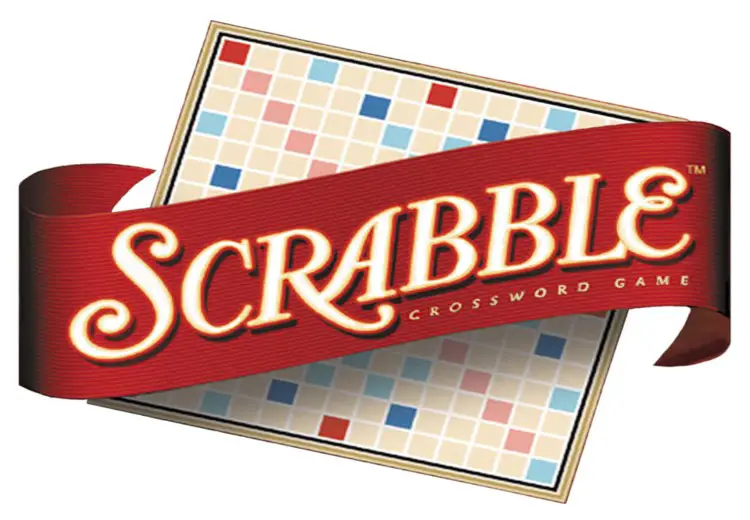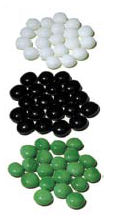
Unstable Warheads
The malfunction has 1 hit point for each rocket still on the ship, so it may be possible to reduce its hit points by launching rockets before it appears. (Once the malfunction appears, it is not possible to launch rockets until it is repaired). If there are no rockets left on the ship when the threat appears, the threat is immediately destroyed. The card is given to the captain. Rockets on the rocket track do not count toward the malfunction's hit points. …



























